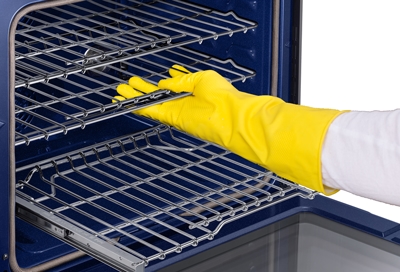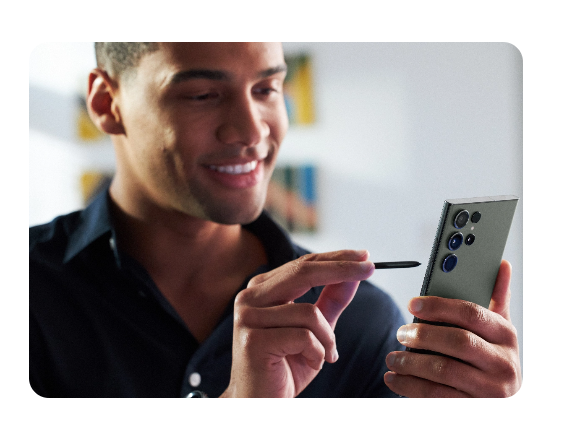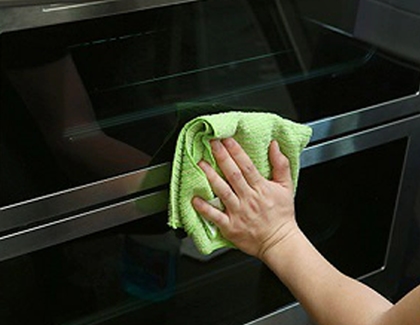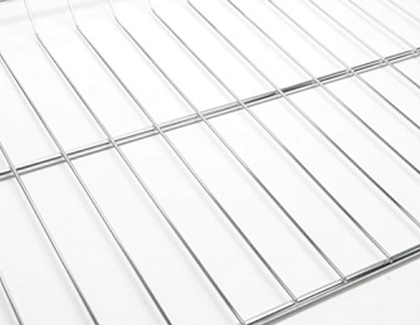How to clean your Samsung oven

Cleaning your wall oven or range oven doesn't have to be a huge chore anymore because your oven comes with a self-clean function to handle all of the heavy work. Some models also come with other cleaning modes as well, such as Steam Cleaning or Descaling. After that, all that's left is to clean the racks and the exterior and give it all a good wipe down.
Other answers that might help
Contact Samsung Support





